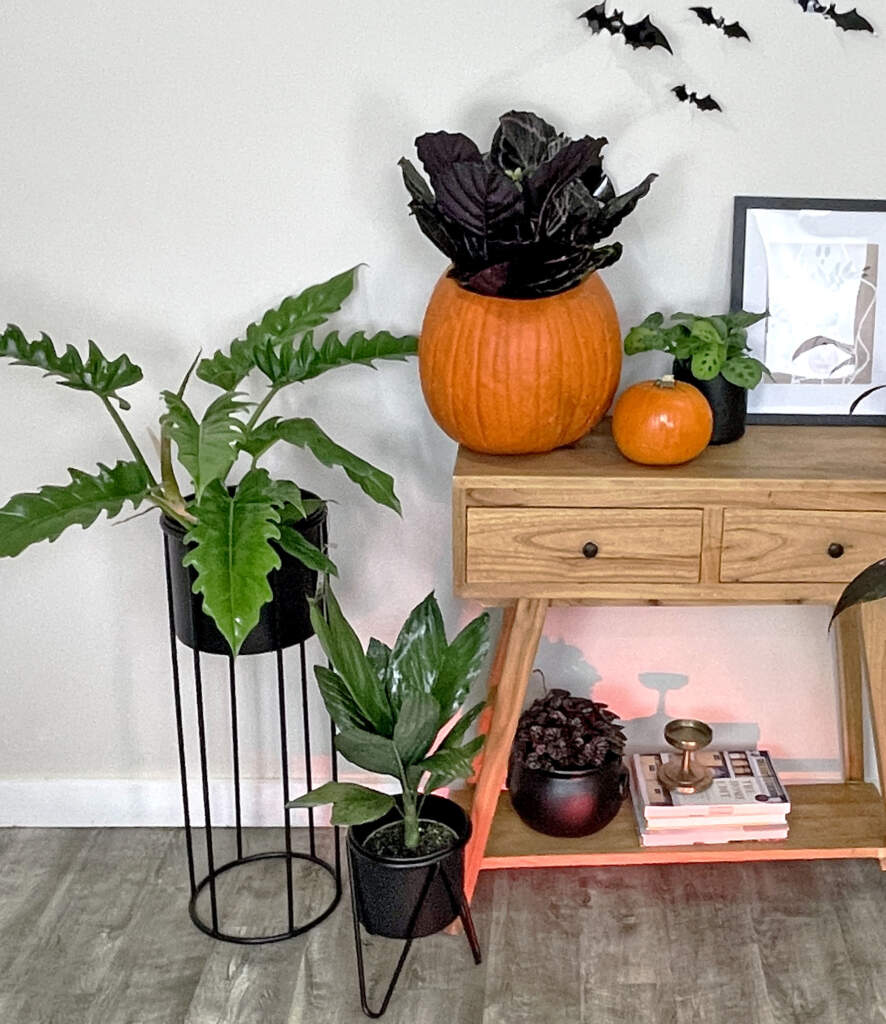
At first glance, houseplants might seem out of place amidst the shadowy theatrics of Halloween. Their domain is typically the sunny windowsill or the corner of a living room, basking in daylight and nourishing our spaces with a touch of green. But delve deeper, and one realizes that houseplants, with their twisted forms, creeping tendrils, and sometimes nocturnal habits, have an uncanny ability to fit right into the Halloween narrative.
Houseplants, much like Halloween, have ancient origins. Their presence in human habitats can be traced back thousands of years, from the Hanging Gardens of Babylon to the lush courtyards of ancient Egypt. Throughout history, they’ve been symbols of life, growth, and healing. However, intertwined with their beneficial properties are tales of mystery and superstition. Some species are steeped in lore, believed to possess magical properties or associated with ancient deities. And isn’t magic, after all, the very essence of Halloween?
Halloween is synonymous with tales of the mysterious, the eerie, and the unknown. And what could be more enigmatic than a garden populated by plants with names like Devil’s Trumpet and Zombie Palm? Whether it’s the macabre appearances or ominous monikers, these Halloween-themed plants have fascinating histories and origins that weave a rich tapestry of folklore, medicine, and ecology.
Moreover, as modern Halloween celebrations increasingly embrace creativity beyond the conventional, houseplants offer a sustainable and fresh perspective to the festivities. They can be the unsung heroes of eco-friendly decorations, breathing life into haunted house setups or serving as organic props in spine-tingling storytelling sessions. With the right placement, even the most benign fern or peace lily can cast an ominous shadow or sway mysteriously in a draft, adding to the atmosphere of a haunted evening.
In essence, Halloween and houseplants, though seemingly disparate, share a deep-rooted connection with the ancient, the magical, and the mysterious. As we celebrate this spooky season, let us remember that the natural world, with all its wonders and oddities, has always been a source of fascination, inspiration, and sometimes, a delightful fright. Here are some of our favorite macabre-themed plants you can currently find on PlantVine.com
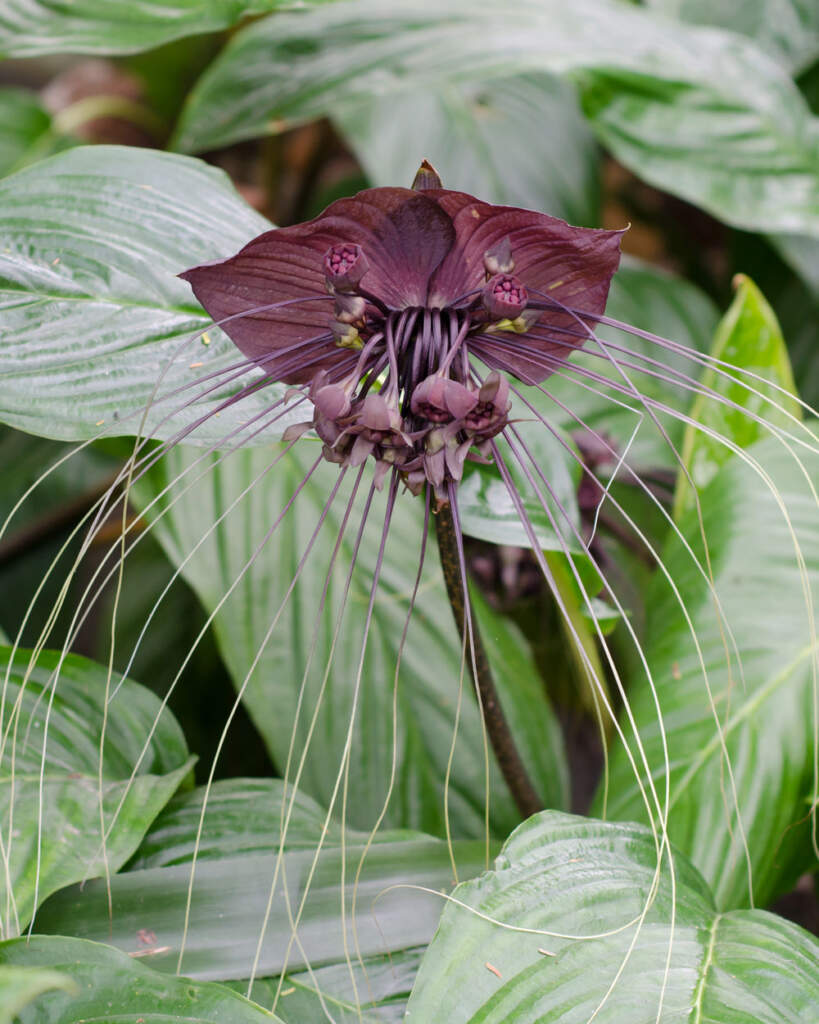
Black Bat Flower Plant
Bat Plant (Tacca chantrieri)
Originating from Southeast Asia, the Bat Plant is renowned for its unique, bat-like black flowers. This intriguing flora is synonymous with mystique and fascination due to its peculiar appearance, resembling flying bats amid the foliage.
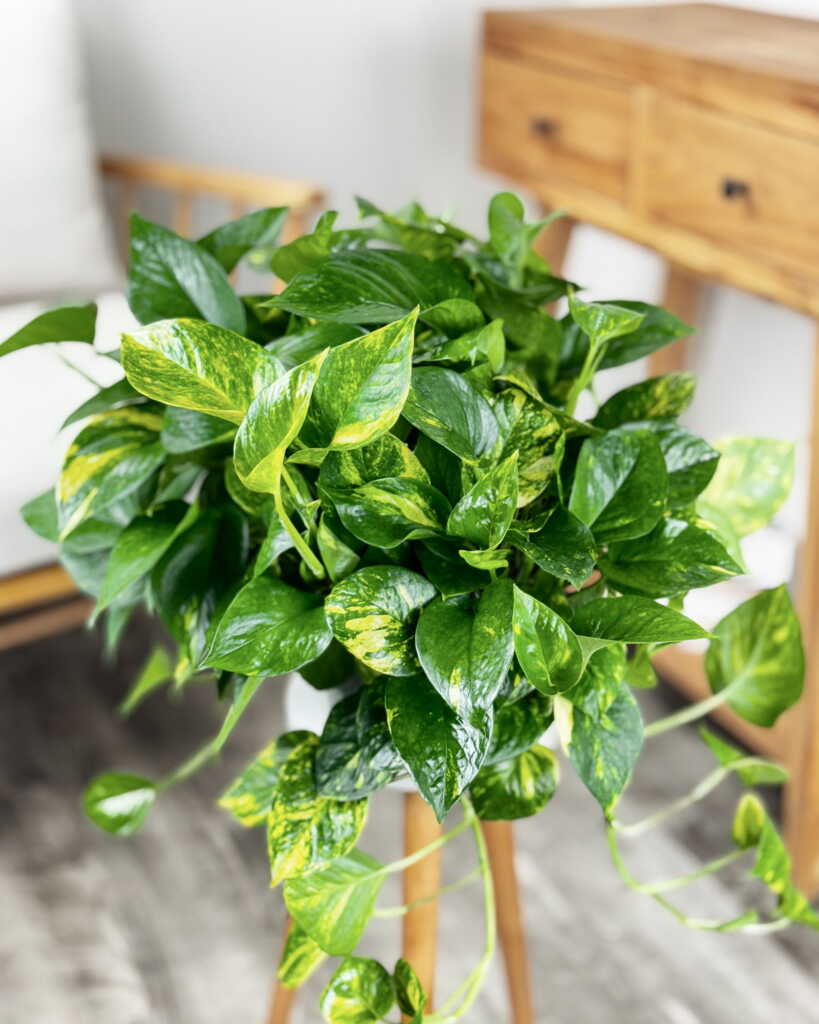
Golden Pothos
Devil’s Ivy (Epipremnum aureum)
Despite its ominous name, Devil’s Ivy, native to the Solomon Islands, is a popular, resilient houseplant, renowned for its vibrant, heart-shaped leaves and air-purifying abilities. Its nickname derives from its seemingly “sinful” invasiveness and ability to survive in daunting conditions.
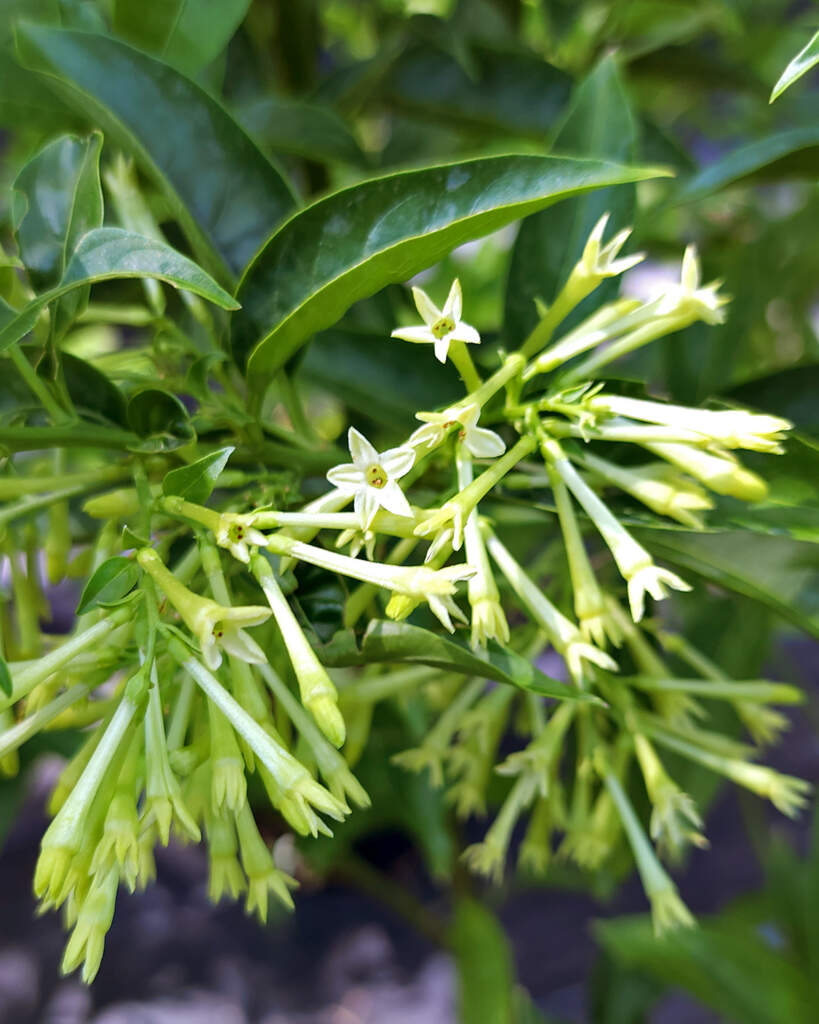
Night Blooming Jasmine
Night Blooming Jasmine (Cestrum nocturnum)
Known as the “Queen of the Night,” this plant, originating from the West Indies, enchants gardens with its powerful, sweet aroma released after sunset. While its fragrant white flowers are a nocturnal delight, caution is advised, as all parts of the plant are poisonous if ingested.
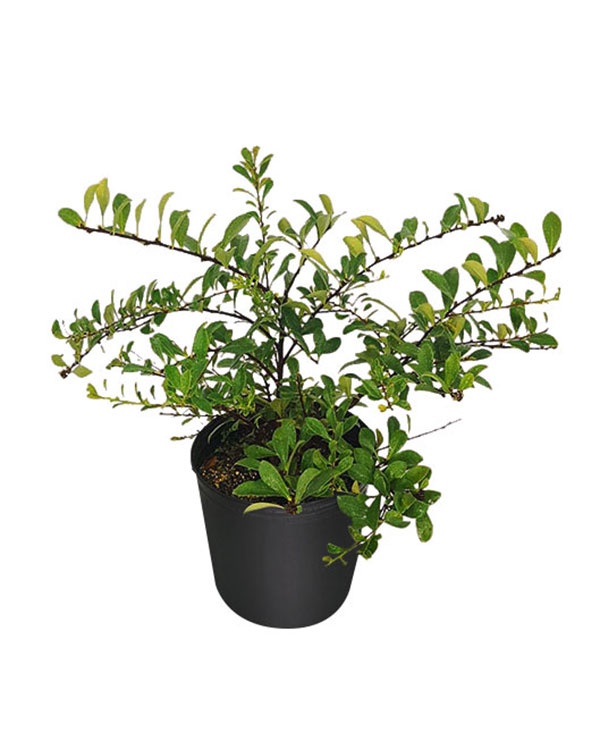
Lady of the Night
Lady of the Night (Brunfelsia americana)
Caribbean in origin, the Lady of the Night enchants with intoxicating, nocturnal fragrance and transitions through a palette of colors, symbolizing mystery and transformation—qualities associated with the supernatural elements of Halloween.
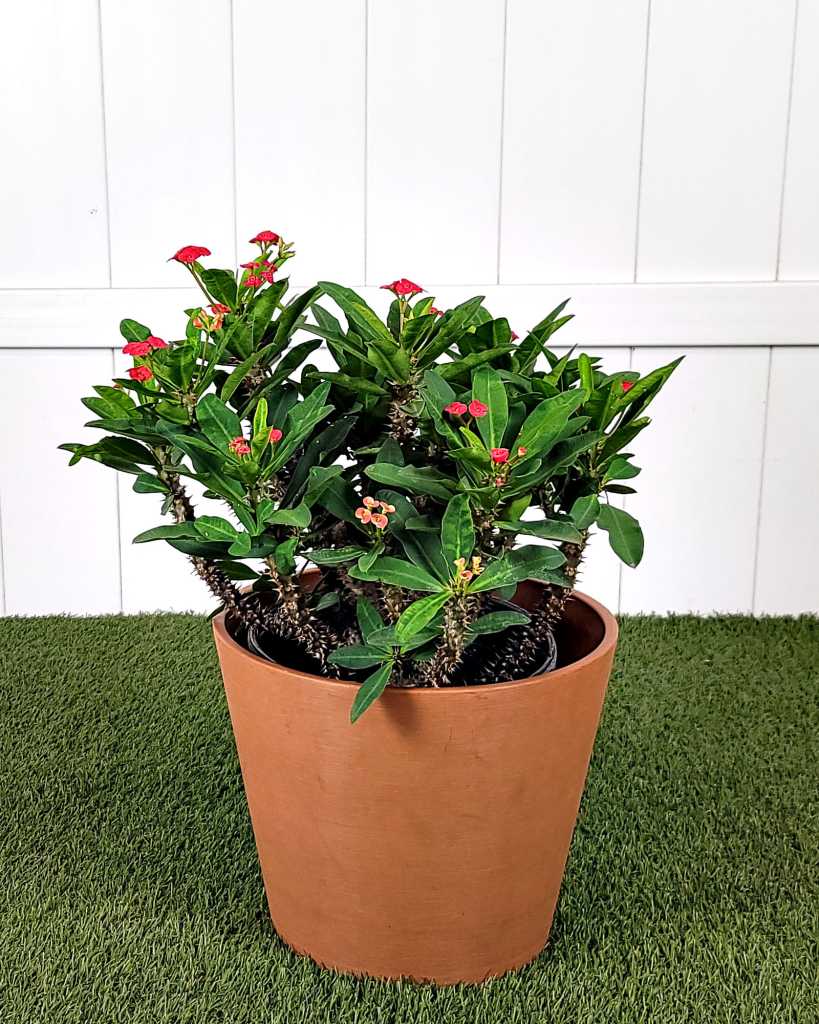
Crown of Thorns Bush
Crown of Thorns (Euphorbia milii)
Native to Madagascar, this plant is steeped in Christian symbolism, associated with the crown of thorns worn by Jesus Christ. With its sharp spines and beautiful flowers, it is a representation of beauty emerging from pain, a common theme in ghostly tales
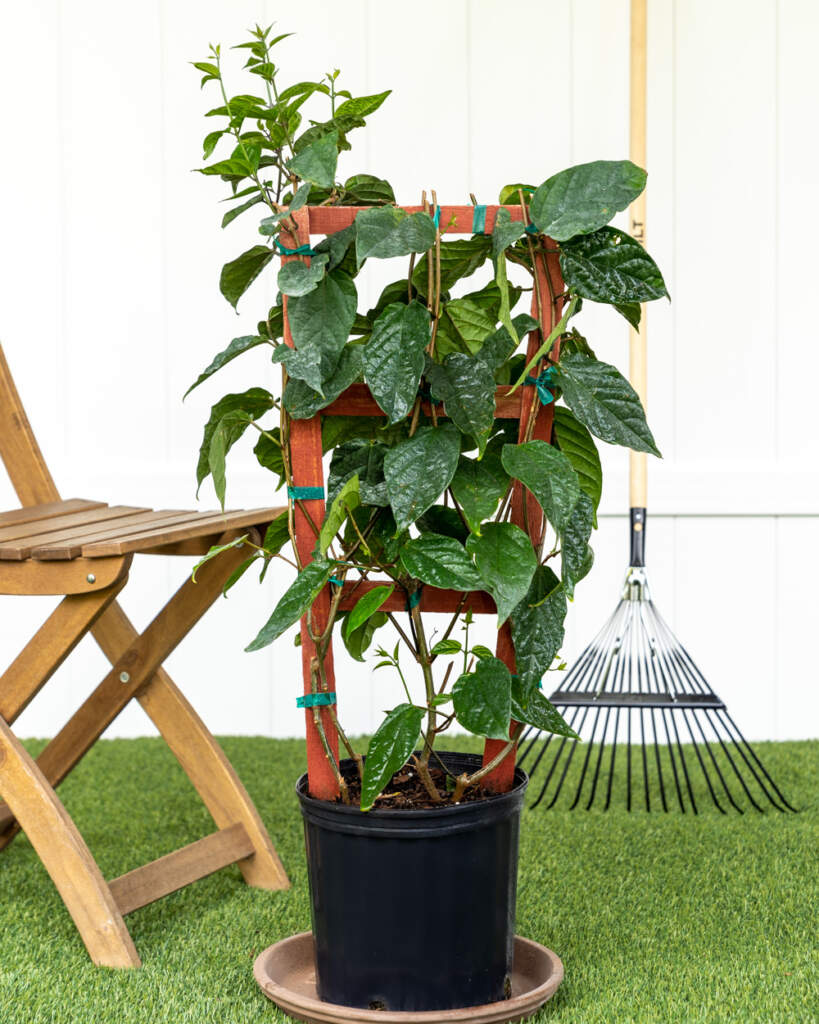
Red Bleeding Heart Vine
Bleeding Heart Vine (Clerodendrum thomsoniae)
Originating from West Africa, the Bleeding Heart Vine, with its heart-shaped flowers and red bleeding effect, is a dramatic representation of a broken heart, symbolizing unrequited love and tragic destinies—themes often encountered in spooky legends.
Devil’s Trumpet (Datura stramonium):
Also known as Jimsonweed, the origins of Devil’s Trumpet trace back to Native American culture, with a history steeped in folklore and medicinal use. The trumpet-shaped flowers, appearing seductively innocent, conceal toxic properties known to induce hallucinations and, in extreme cases, death.
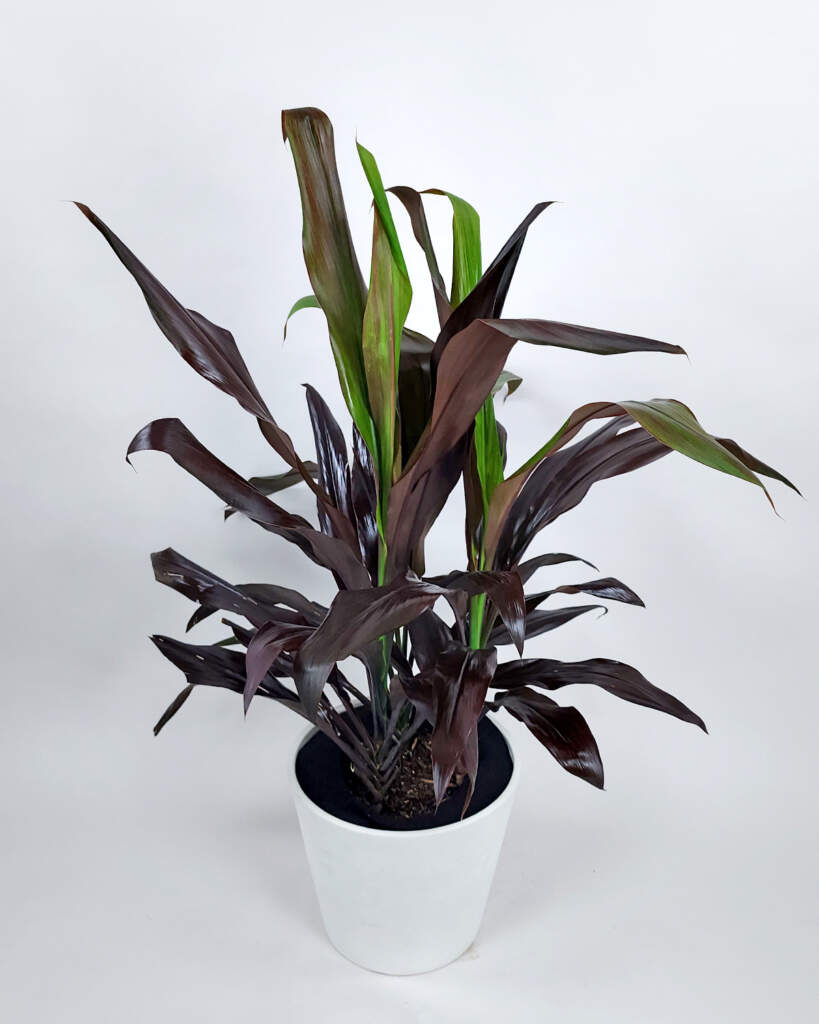
Cordyline fruticosa ‘Black Magic’
Black Magic Cordyline (Cordyline fruticosa)
Native to East Asia, Black Magic Cordyline’s striking, dark purple foliage makes it a perfect Halloween addition. With Polynesian origins, it has served in rituals and as an ornamental plant, symbolizing the mysterious interplay between beauty and the mystical.
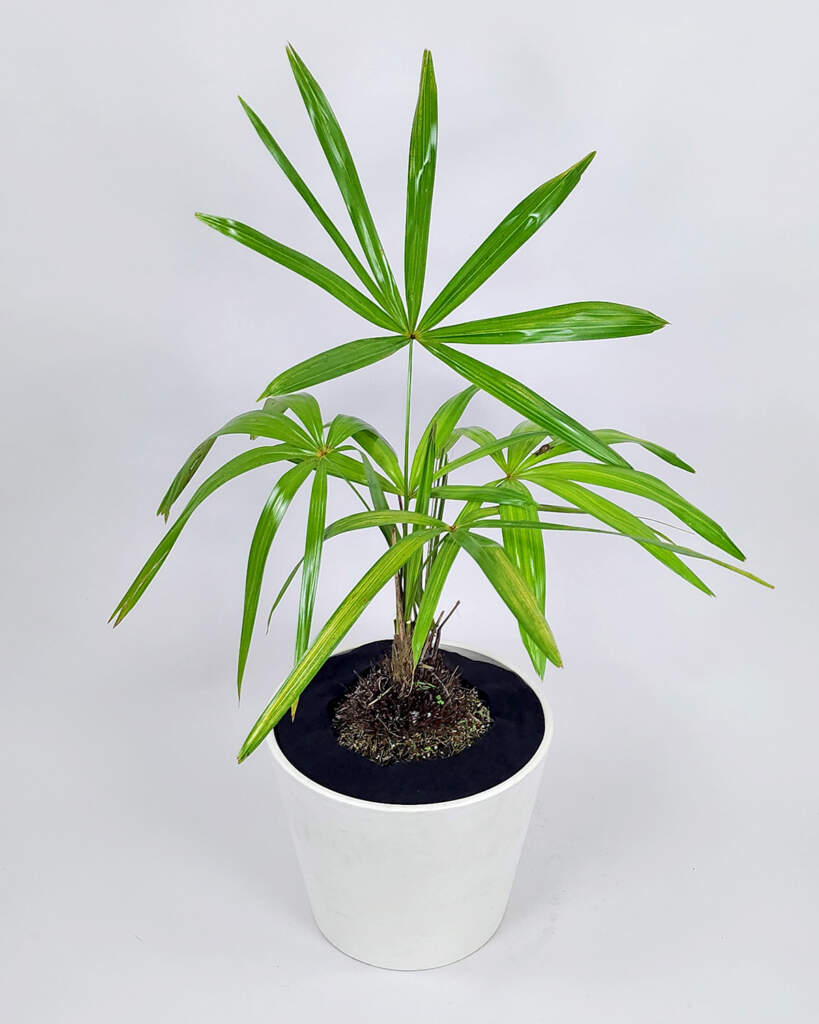
Zombie Palm
Zombie Palm (Zombia antillarum)
The Zombie Palm, indigenous to Haiti, has a haunting presence with its peculiar, spiky trunk resembling zombie skin. This eerie appearance, combined with its name, makes it an essential constituent of a spooky, Halloween-themed garden.
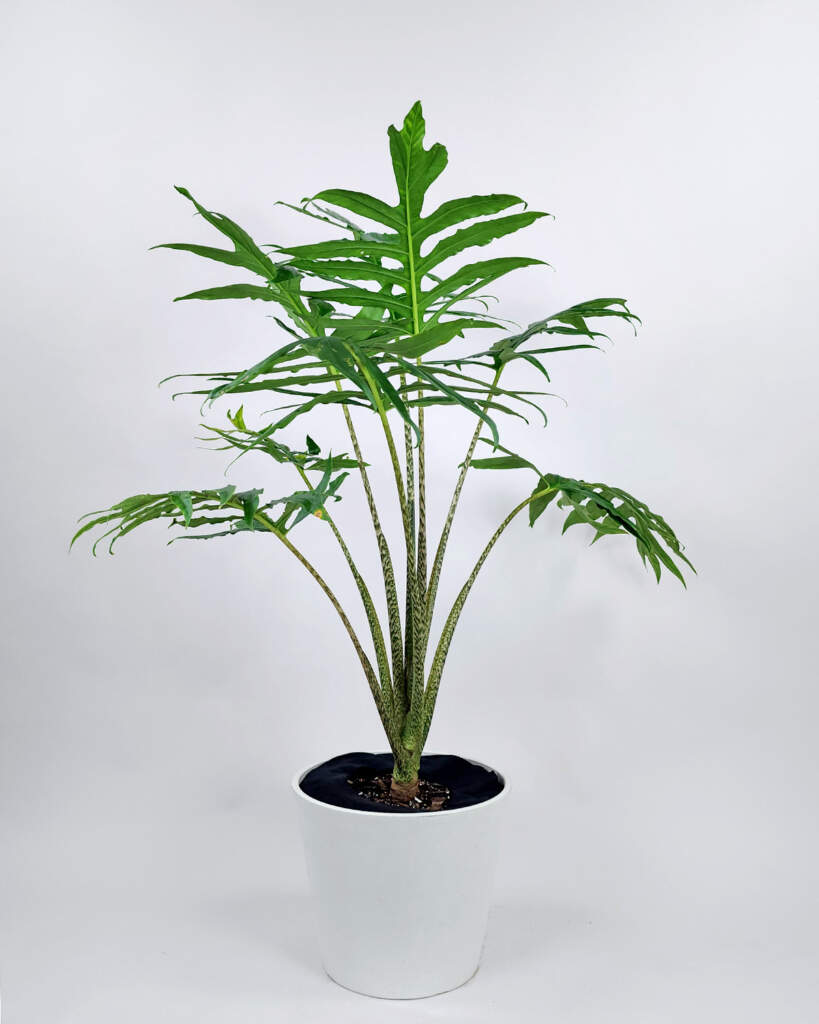
Alocasia ‘Serpent’s Tail’
Serpent’s Tail (Alocasia brancifolia ‘Serpent’s Tail’)
Summon the spirit of Halloween with the eerie elegance of Alocasia brancifolia ‘Serpent’s Tail’. With leaves reminiscent of the mythical Medusa’s hair, this plant brings a chilling yet captivating charm to your spooky décor. Its long, sinuous leaves, dark as the midnight sky, slither and sway as if enchanted, perfectly capturing the mysterious aura of All Hallows’ Eve.
Mystique and Symbolism: A Spooky Harmony
Each of these plants, with their unique appearances, mystical backgrounds, and eerie connotations, offers more than just aesthetic appeal. They hold stories of ancient cultures, medicinal uses, religious symbolism, and ecological diversity, intertwining life, death, beauty, and the unknown—a fascinating blend of spooky allure and natural wonder.
Creating Your Haunted Green Space:
Developing your Halloween-themed garden is not just about embracing the spooky aesthetics but also about exploring the rich histories and mysteries of these plants. By incorporating these ethereal species into your space, you not only celebrate the enchanting allure of Halloween but also pay homage to the ancient tales and cultural significances embedded in each leaf and petal.
Conclusion:
This Halloween, as you weave through tales of goblins and ghosts, remember that there exists a world of botanical wonders, each with its haunting beauty and mysterious history, waiting to be explored. From the fragrant allure of the Night Blooming Jasmine to the toxic enchantment of the Devil’s Trumpet, these plants bring the spooky essence of Halloween to life, creating a space where the mystical and the natural coexist in harmonious eeriness. Embrace the mysterious, delve into the unknown, and let your garden be a celebration of the enchanting enigma that is Halloween.


